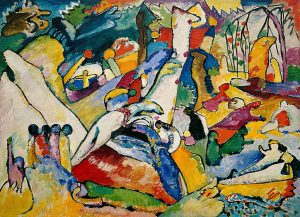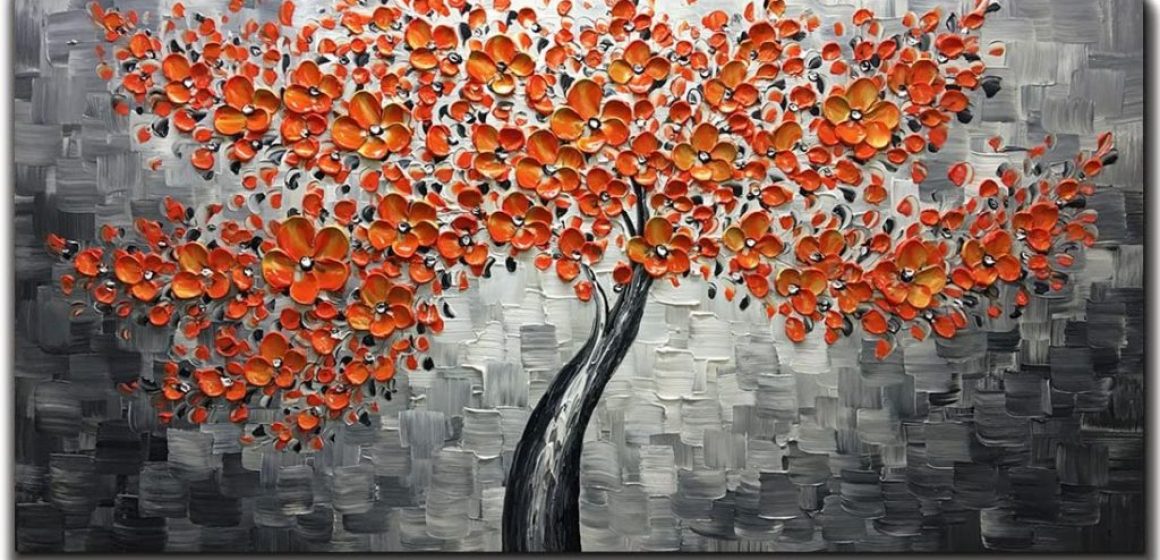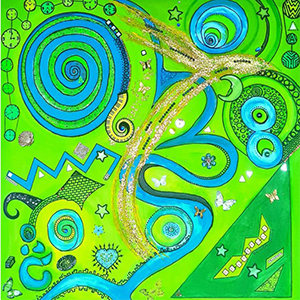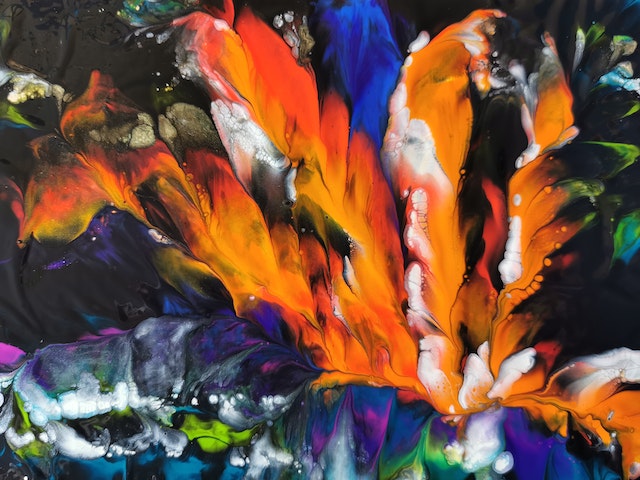In the realm of art, Modern art painting stands as a testament to the evolving nature of creativity and expression. With a fusion of artistic brilliance and contemporary techniques, these paintings captivate viewers with their unique charm and thought-provoking narratives.
From bold brushstrokes to vibrant color palettes, modern paintings encapsulate the essence of the artists’ vision, leaving an indelible mark on the art world. This article delves into the captivating world of modern paintings, shedding light on their significance and exploring renowned artists who have contributed to this extraordinary movement.




The Evolution of Modern Paintings
The evolution of modern paintings can be traced back to the late 19th and early 20th centuries when artists broke away from traditional styles and ventured into new realms of experimentation. Inspired by the changing world around them, these artists sought to reflect their contemporary experiences through their works. The shift from representational art to abstract and conceptual forms became a hallmark of the modern painting movement.Expressing Emotions through Abstraction
One of the defining characteristics of modern paintings is the emphasis on abstract forms and expressions. Artists began to explore the power of shapes, lines, and colors to convey emotions and ideas rather than attempting to replicate reality. By embracing abstraction, they opened up new avenues for viewers to interpret and engage with the artwork on a personal level, fostering a deeper connection between the artist and the audience.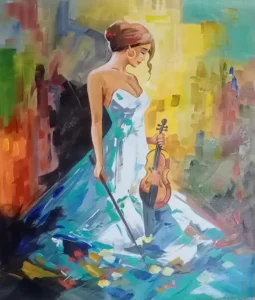
Influential Modern Painters
Pablo Picasso: Known for his revolutionary artistic style and immense contribution to modern art, Picasso’s paintings challenged traditional norms. His iconic work, “Les Demoiselles d’Avignon,” marked a significant turning point in the history of modern art, introducing fragmented forms and a new visual language. Wassily Kandinsky: Regarded as one of the pioneers of abstract art, Kandinsky believed in the spiritual and emotional power of color and form. His groundbreaking work, “Composition VII,” exemplifies his mastery in creating dynamic compositions that evoke intense emotions and provoke contemplation. Jackson Pollock: Recognized for his innovative technique of drip painting, Pollock pushed the boundaries of traditional painting methods. His renowned piece, “No. 5, 1948,” showcases his unique style, where he allowed his subconscious to guide the placement of every stroke, resulting in visually captivating and emotionally charged artwork. Modern Paintings in Contemporary Times While Modern art paintings emerged as a response to the changing world of the early 20th century, their influence continues to resonate in contemporary art. Artists today draw inspiration from the techniques and ideologies of their predecessors, infusing their work with a modern twist. The exploration of new materials, digital mediums, and the incorporation of multimedia elements have further expanded the horizons of modern painting, creating a dynamic and ever-evolving art form.